
AeroGenie: il tuo copilota intelligente.
Tendenze
Categories
Willis Lease Finance Reports Higher Revenue and Dividend for Q3 2025

Willis Lease Finance Reports Higher Revenue and Dividend for Q3 2025
Strong Third-Quarter Performance Reflects Aviation Sector Recovery
Willis Lease Finance delivered a robust performance in the third quarter of 2025, with revenue rising 25% to $183.4 million, significantly surpassing analyst expectations. The company also announced a 60% increase in its upcoming dividend, raising it to $0.40 per share. This move underscores management’s confidence in the company’s cash flow stability and future growth prospects.
The impressive results are largely attributed to a rebound in global air travel, which has driven heightened demand for engine leasing and maintenance services. Willis Lease Finance capitalized on an expanded engine fleet and improved utilization of existing assets, resulting in record maintenance reserve income. This was partly fueled by end-of-lease releases. Although adjusted earnings per share of $3.25 slightly missed analyst estimates, the company’s overall momentum remains strong.
Market Response and Industry Dynamics
The market has responded positively to Willis Lease Finance’s strong quarterly results. The company holds a ‘buy’ rating from its sole analyst, with shares currently considered undervalued based on a relatively low price-to-earnings ratio. The median 12-month price target is set 34% above the latest closing price, reflecting investor optimism about the company’s future trajectory. Willis’s revenue growth and dividend increase distinguish it within an industry experiencing renewed optimism as airlines expand capacity and extend the operational life of aging aircraft.
Despite these positive developments, Willis Lease Finance faces potential challenges in sustaining its growth. Competitive pressures from other finance and leasing firms may intensify, potentially leading rivals to enhance marketing efforts, adjust pricing strategies, or introduce new service offerings to protect market share. Furthermore, evolving regulatory frameworks in the aviation and finance sectors could affect Willis’s operational environment and growth outlook.
Outlook Amid Industry Recovery
While Willis Lease Finance’s recent results highlight the growing significance of leasing companies in the aviation sector’s recovery, the company has not provided formal guidance for upcoming quarters. This absence introduces some uncertainty for investors, whose confidence will depend on Willis’s ability to navigate competitive pressures and broader economic conditions.
The broader aviation rebound is creating new opportunities for leasing firms with diverse portfolios. As airlines seek greater flexibility and specialized expertise to meet increasing travel demand, companies like Willis Lease Finance are well-positioned for sustained growth, contingent on their capacity to adapt to shifting market dynamics and regulatory changes.
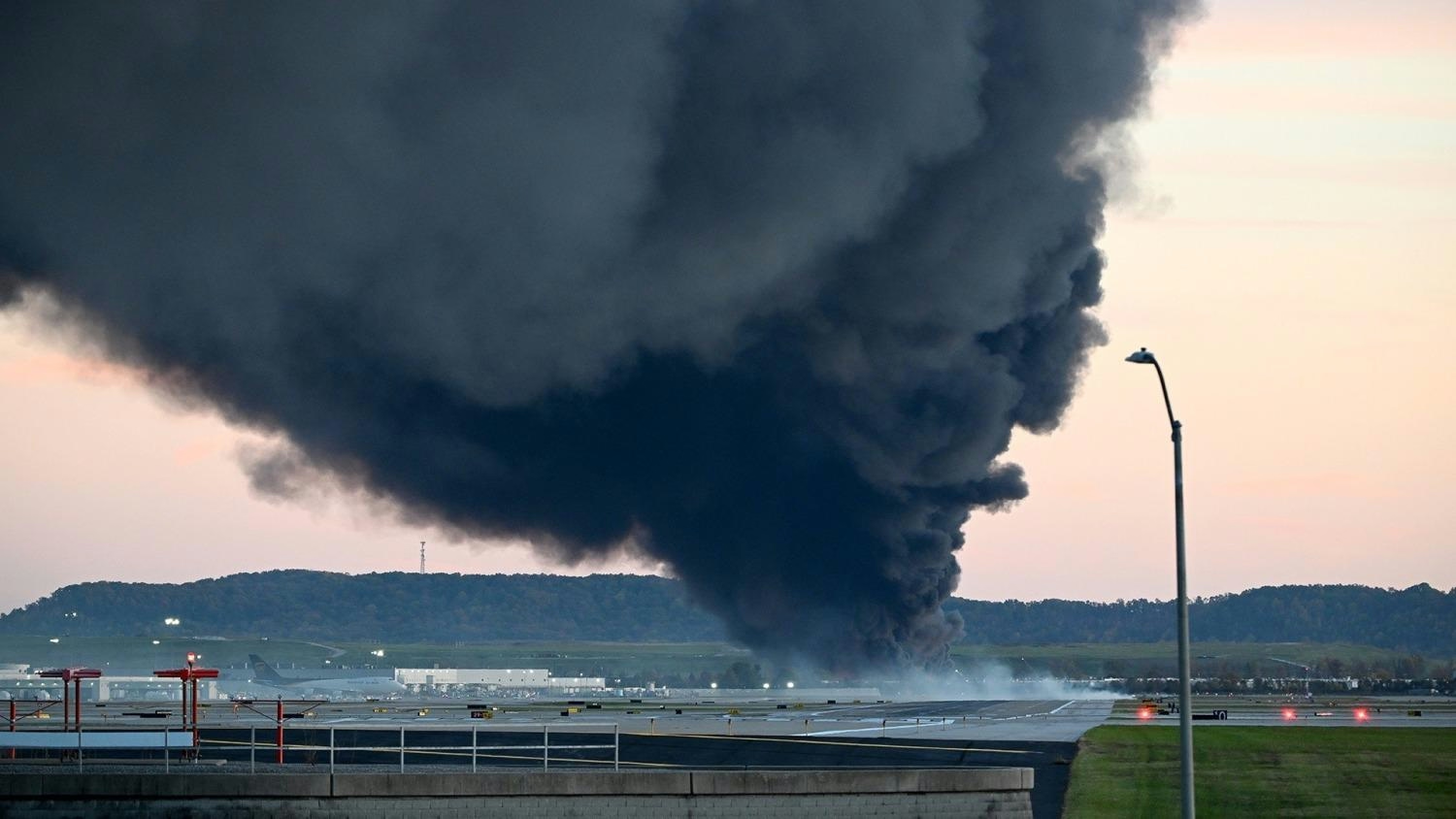
UPS Plane Loses Engine Shortly After Takeoff Attempt at Louisville Airport

Joby’s eVTOL Aircraft Transform Tourism in Osaka and U.S. Cities
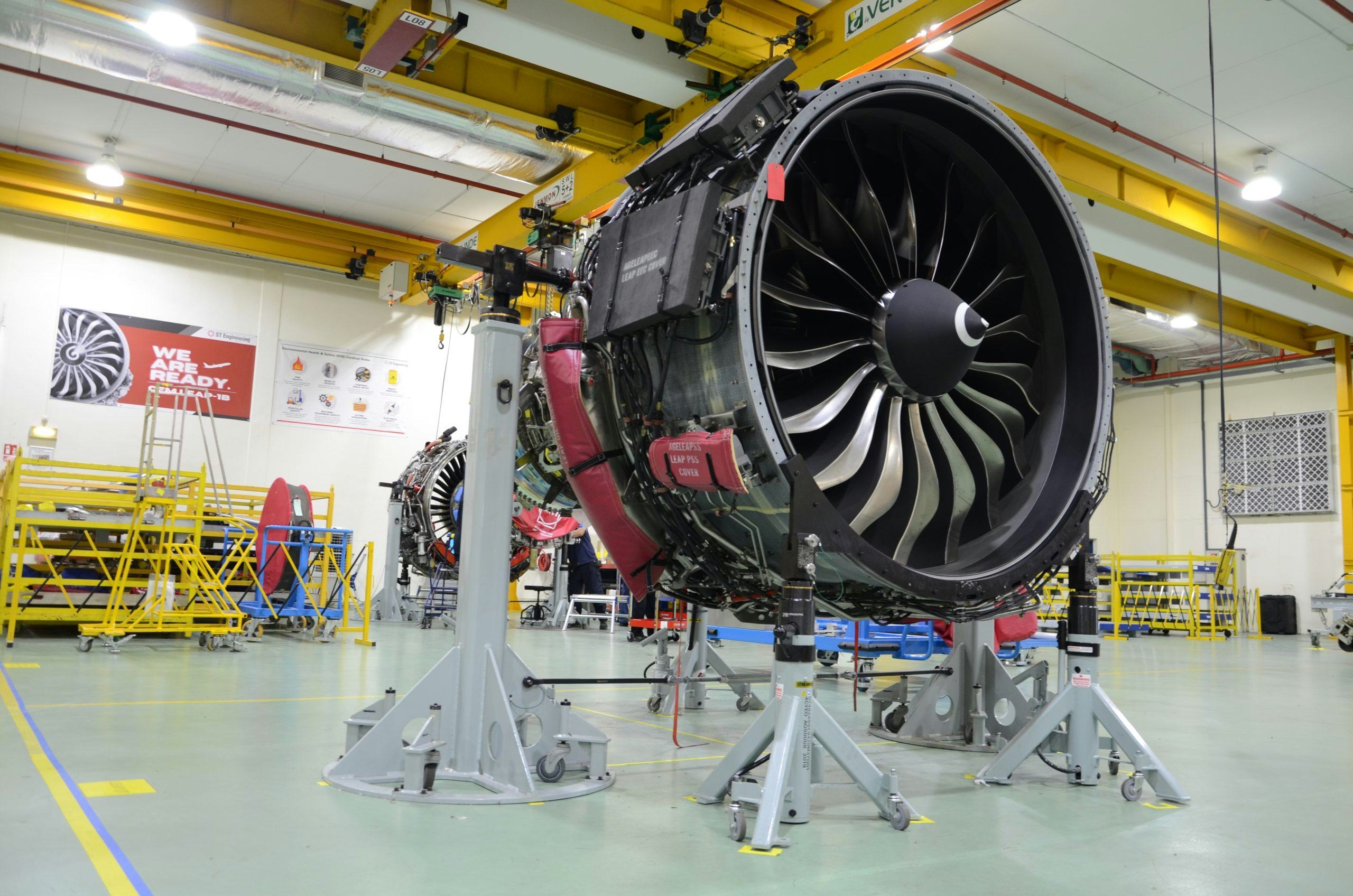
FAA Approves Enhanced Hardware for CFM LEAP-1A Engine
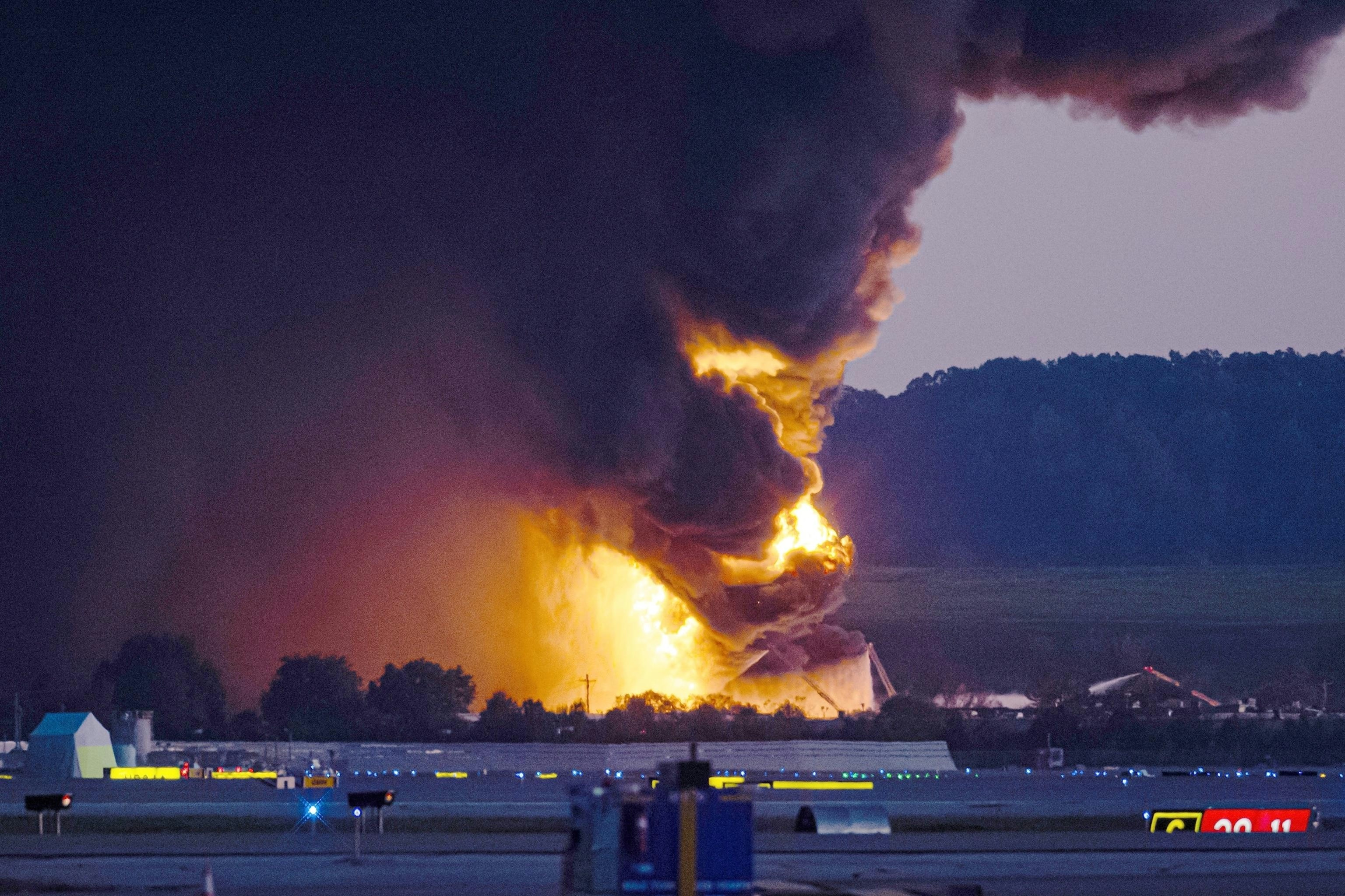
UPS Cargo Plane Engine Detached Before Fatal Kentucky Crash, FBI Investigating
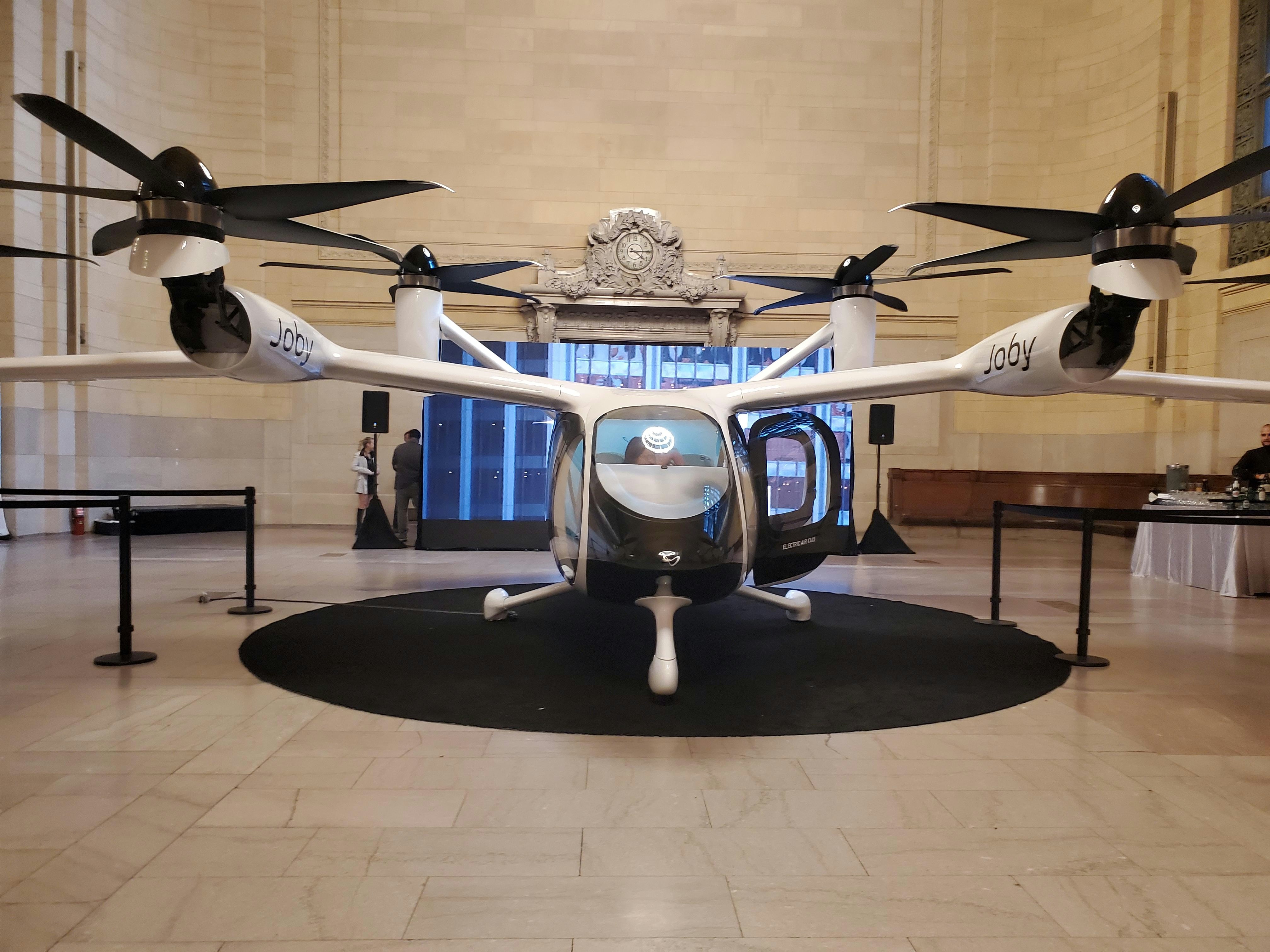
Joby’s Blade to Offer 12-Minute Flights from Suburbs to New York City
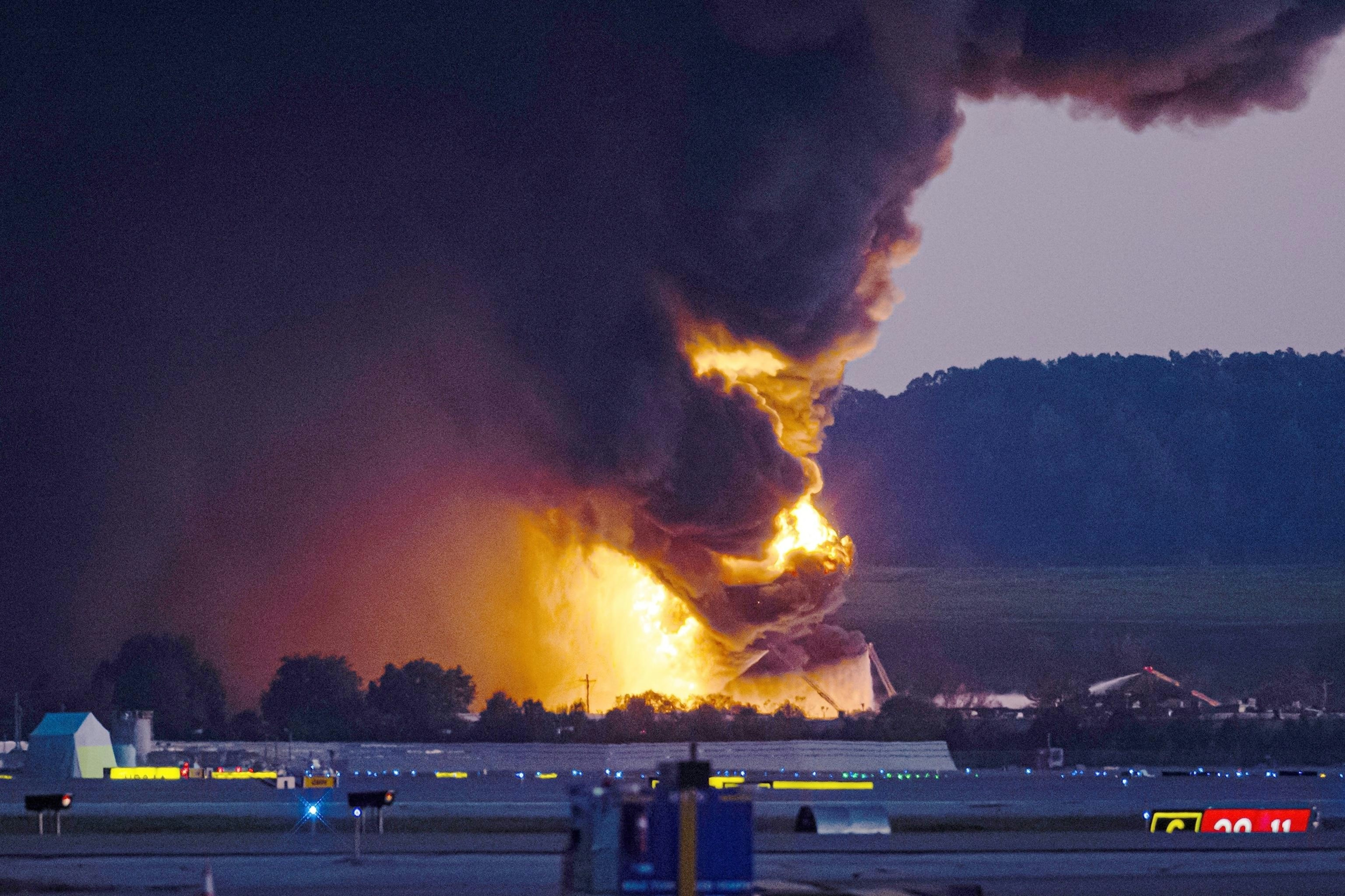
Left Engine Detached During Takeoff Before Fatal Louisville Crash
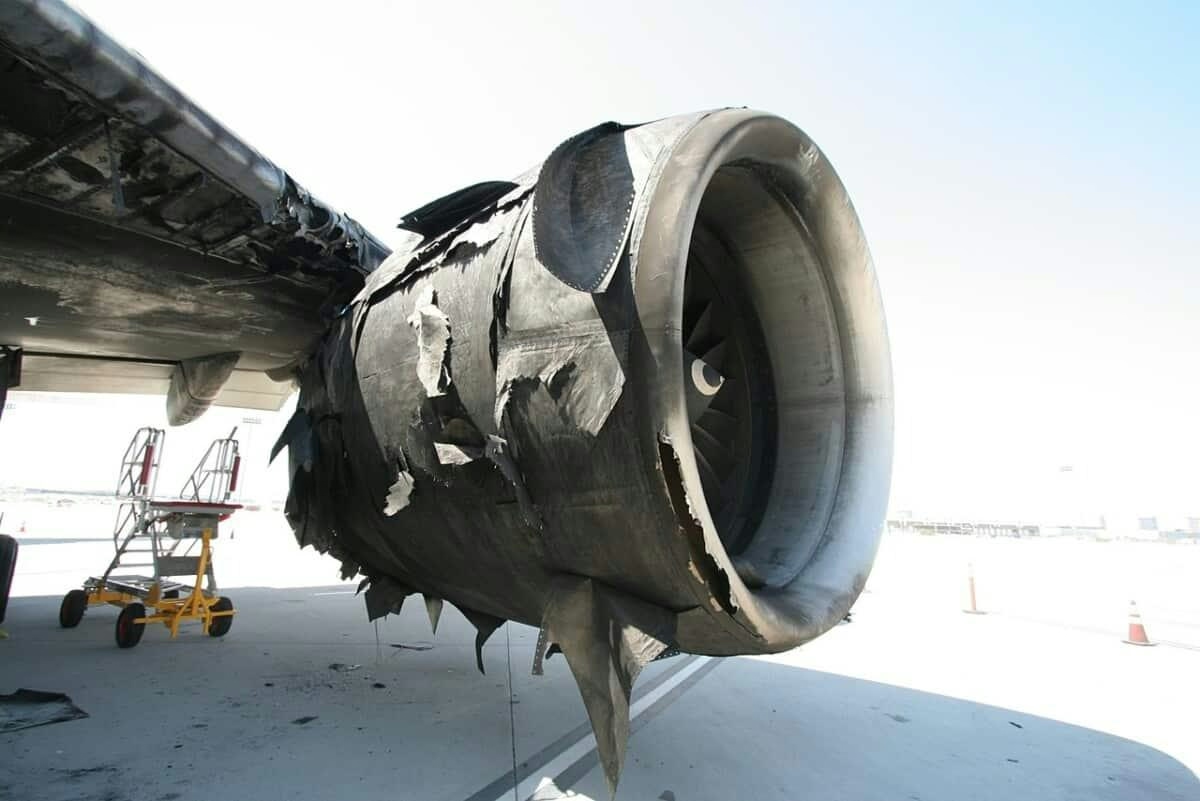
Can an Aircraft Survive Engine Separation During Takeoff?
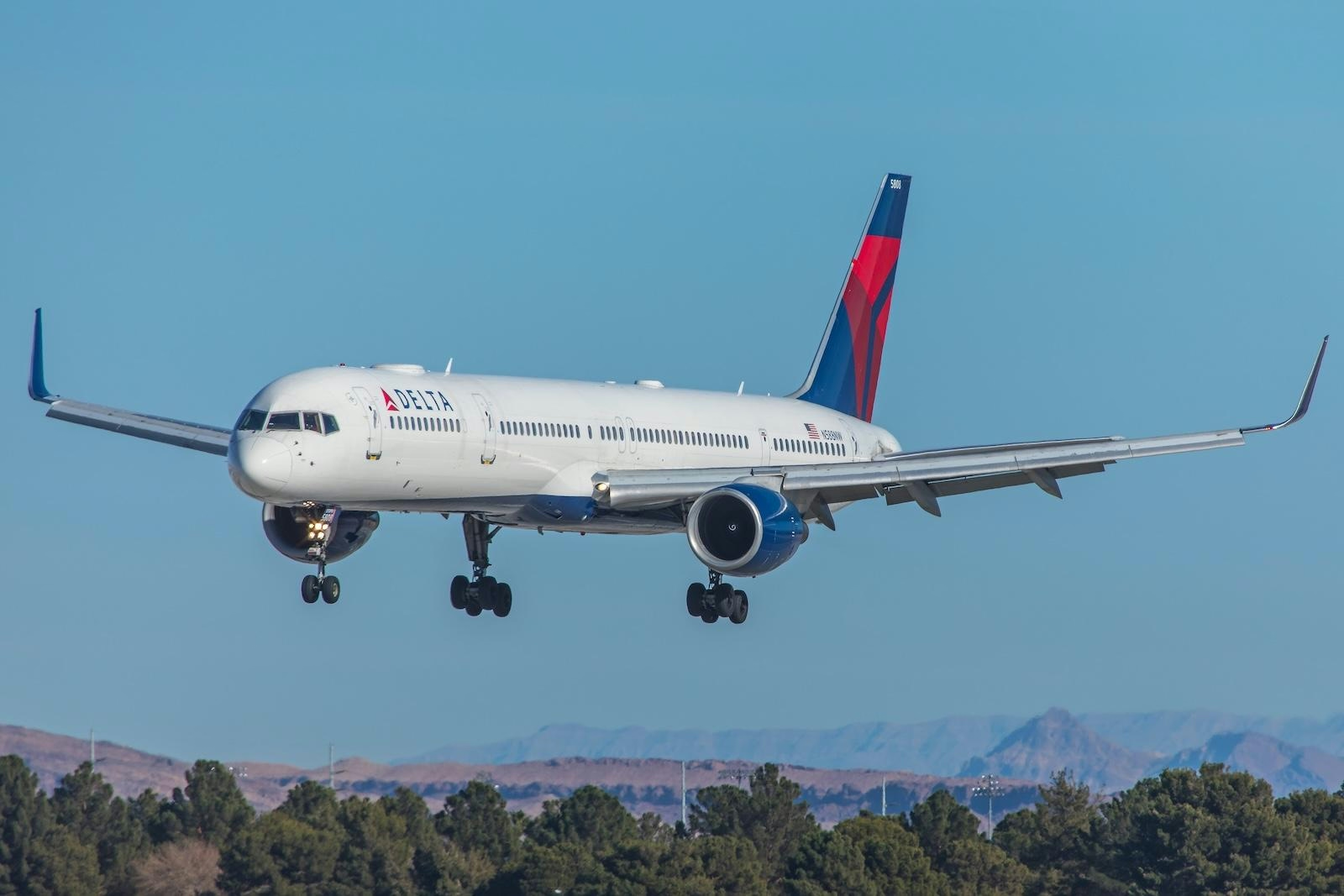
Why Delta Air Lines Continues to Operate Its Aging Boeing 757 Fleet
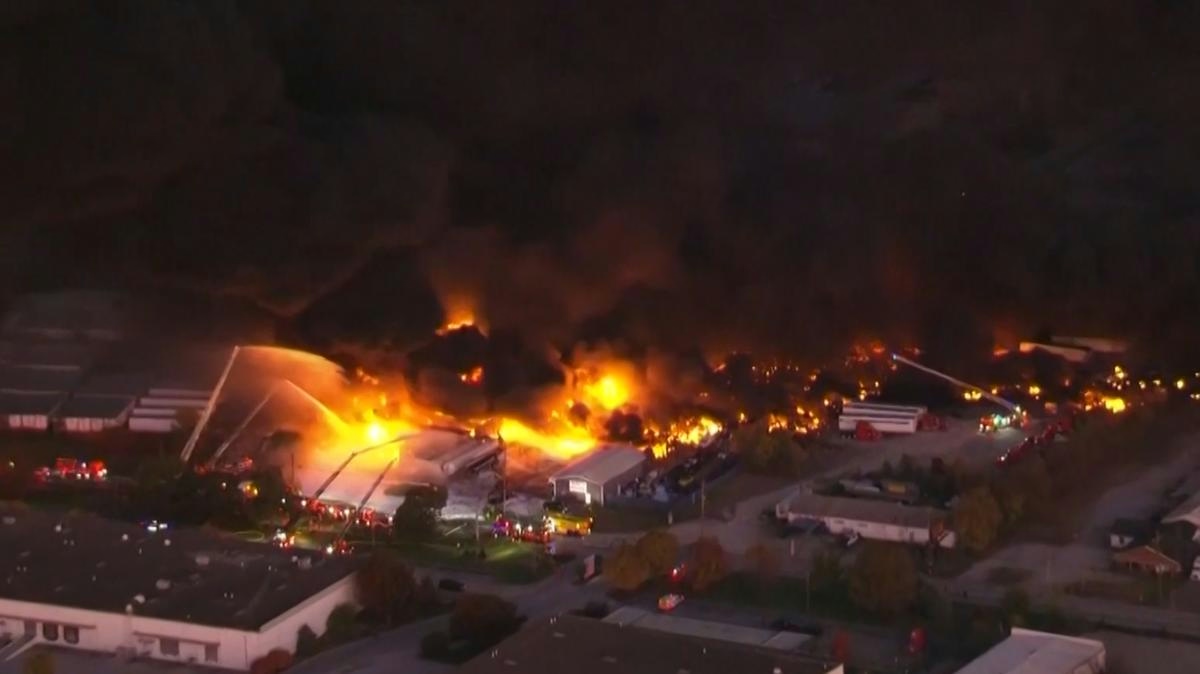
NTSB Recovers Black Box from Crashed UPS Plane in Louisville
